Mainstream: Gia Coppola on the social media underworld as a space for art
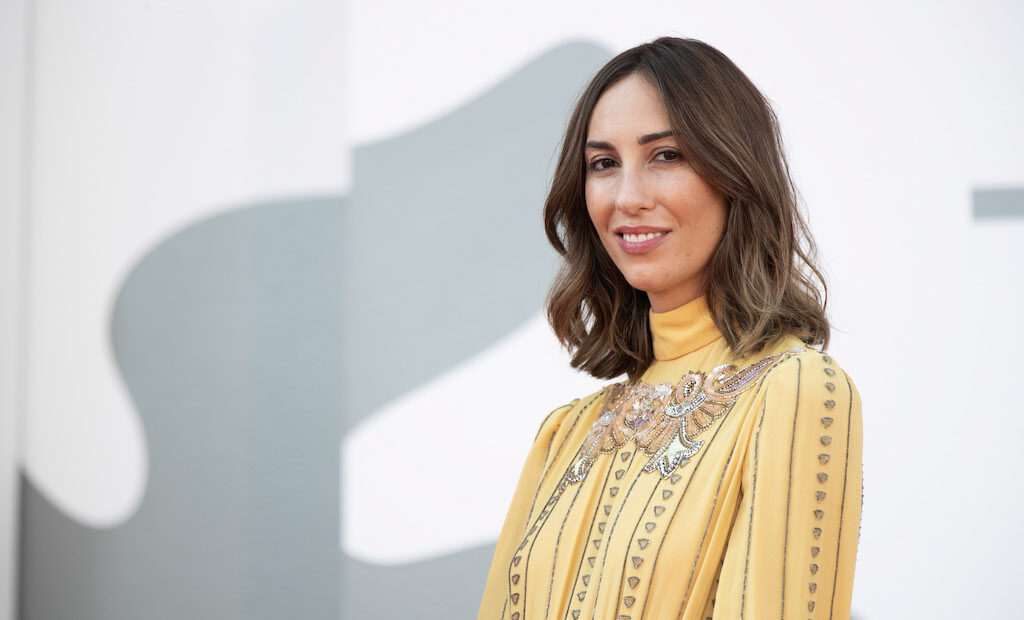
Mainstream is the story of a young woman stuck working as a comedy club bartender with her best friend Jake (Nat Wolff) and unsure of her path in life. One day she meets Link (Andrew Garfield), a mysterious man who she films while he does anti-mainstreams rants. These videos become viral and the three decide to form a creative partnership. However, with the success, Link quickly becomes the epitome of everything he once denounced, creating unethical controversy. We spoke with Gia Coppola about what inspired her to tell this story, the similarity between her and Maya’s character, and Andrew Garfield’s exceptional performance.
It all starts with Andrew’s question: “Do you want to make art?”
Yes, that was what started it all, as it was a little bit of how I was feeling in my 20s. You know, wanting to be an artist, feeling like an artist or a creative person and not really knowing how I fit with the culture, what is popular, not to say that I want popularity or anything but I was feeling a bit alien and I had fallen in love with the film A Face in the Crowd and that was a movie that dealt with the transition from radio to television and with this other narrative of a young woman who, kind of because she wants to be loved, gives a lot of herself away to someone who is self-seeking and the dangers of that. At the same time a friend was working with YouTubers and telling me what she did and what they did and I didn’t understand it, I couldn’t find a story in that space or why people are so connected to that and I just wanted to get to know that better and by doing that I was trying to dive into this world and narrative and I think there is a space of really wonderful things about the Internet and social media and there’s a really dangerous parts as well.
Were there things that surprised you during the research process in terms of Internet phenomena/fame? You said you spoke with your friend who was connected with some YouTubers.
Yeah it was like an underground world that had such a following yet no one seemed to know about it and I felt like it was percolating in a way that was about to erupt and I wanted to get to know it better and working with YouTubers and stuff I realised they were lovely people and they look at what they do as an art form, an industry and a business. And I think that’s partly why you dive into a project, to educate yourself and have a catharsis. I asked them questions like: did this happen or did this happen? How would you go about this or that, what does this feel like? And they said they have a real connection with their fan base, it’s a candid world. I don’t know how much of their showcasing is actually them or a false reality of them, it depends on the YouTuber I guess. They work constantly, it’s constant content and it’s just an interesting world to wrap your head around.
How did you get Andrew Garfield involved?
I’ve always admired Andrew and I knew that he was the only person I wanted to play this part and I had gotten to know him a little bit throughout the years because of an acting coach. I spoke to him about what I was interested in and what I was feeling and where was that line or culture and he had similar feelings. When I pitched it to him it became a collaboration and I knew that he’s so intelligent and he’s obviously an amazing actor so to work with that talent is educational but a privilege too. In person he’s a very sweet kind guy so to have that underneath this character is mentally deranged, made it more complex and alluring. He’s funny and he can dance, he has all these talents that I wanted to showcase. And I think he’s often type-casted as a hero so to do something different was exciting.
So you had Emma Roberts and Maya Hawke who, like you, are from a new generation of famous cinema people. Was it a choice or a coincidence?
I pick people based on their talent and what is right for the role I just got to know Maya from working with her and we just had a deep connection she was able to understand what I was looking for without articulating it as articulating it is very hard for me. When she read the part, the character came alive and I couldn’t imagine it without her.
How much of you is in Maya’s character?
It started from me and my emotions and trying to figure out who I was in my 20s and how do you navigate who you are within this world that’s very scary and often leads you to feel compared and despaired, and feeling like how protective and dangerous that is for younger generations that are less formed, who are trying to navigate who they want to be and it can be very dangerous. There’s bullying and it can even lead to suicide so I was looking at all those elements. But it started with all these questions I was asking myself. And I worked as a bartender, too.
Did you want to talk about the creativity of people in contrast with the emptiness of social media?
We weren’t trying to be an authority on any sort of subject. We did a lot of workshopping on the script together and we all put parts of ourselves into it but we really just wanted to express the pros and cons of technology and the Internet and the dangers that come from it but what we’ve been witnessing, it kept evolving as we went and Andrew of course is brilliant and he did a lot of improvisations and just excited us on the day.
Why do you think people are so hypnotised by this “emptiness”? Often the videos with more views are those with less content.
I think maybe because of social media our brains are wired to have less of an attention span, so it only seeks entertainment or style, trying to find the heart and connection within that space. But Andrew’s character at the end, he’s so conflicting because he’s having a crack-up on stage yet he’s saying things that are honest but also selfish and it’s this dichotomy that I think we as a culture create because we want to see a train wreck.
How has being related to Francis Ford Coppola affected you as an artist?
He’s my grandpa, I know him as that. He’s obviously very skilled and a wonderful person to turn to through this industry. I admire his work and he’s an amazing filmmaker but I still have to do it on my own and I still go through all the tribulations that all other young filmmakers go through, you know, trying to get your film financed without falling apart
Is it easier in terms of finances?
No, it took me seven years to get this movie, so I wouldn’t say that. Certain doors are open but others are closed.
How would you describe the independent film landscape in America these days?
Well we’re in a pandemic so it’s not really a landscape right now but I think what is interesting right now is that, because of the Internet, people can make movies that don’t require finances. You’re not dealing with a lot of people, you can be totally experimental with technology and that’s really exciting. And it allows people to see it and then like I guess because the big blockbusters are on hold I think there’s a lot of space for these independent films and I know thatm talking to other people in film departments, certain small movies that had been shelved are now getting a chance to be distributed because people are looking for content and I think that’s really cool.
Can YouTube open opportunities for a new type of cinema?
Yeah I don’t see why not, I think that platform has room to be cinematic and I think that was my fascination, how was that doable, how can you do it and stuff like that.
Tell me about this scene where Maya vomits emojis and also why, during the final monologue of Link, Coldplay are brought up rather than rappers who are more popular with people addicted to social media.
Well the emoji vomit was something that I always had in my mind and I think that’s what I was feeling like: I needed to vomit all this content about inundation of what our culture values and it feels like so much. Coldplay are so likeable, everyone likes them. Link is more controversial so he’s not being nice to them.
Why do you choose to have those silent movie titles at the beginning?
I just felt like the film to me has a few different chapters and I think it’s not only my fascination with the Internet and social media, I think it’s also my fascination of storytelling and cinema. I love old movies and silent films and I thought it would be cool to play around with that technique again. It’s sort of like mixed media in a way and I think it starts with the silent cards and when the lights go up, with rapid cutting, that’s when the emojis get involved and it becomes a bombastic, bright and loud film. And then it gets dark.
Do you have your next movie in mind?
Yeah, I have certain things I feel like I’m being drawn towards but, I don’t know, hopefully it doesn’t overtake me suddenly. I don’t want to rest.
What do you do when you aren’t directing films?
Usually I gotta pay my bills, so I’ll work on a commercial or photography but when I’m just relaxing, I love to be with my family and cook and watch movies and read and be with my friends. I live in LA.
Filippo L’Astorina, the Editor
Photo: Jacopo Salvi/ASAC/La Biennale

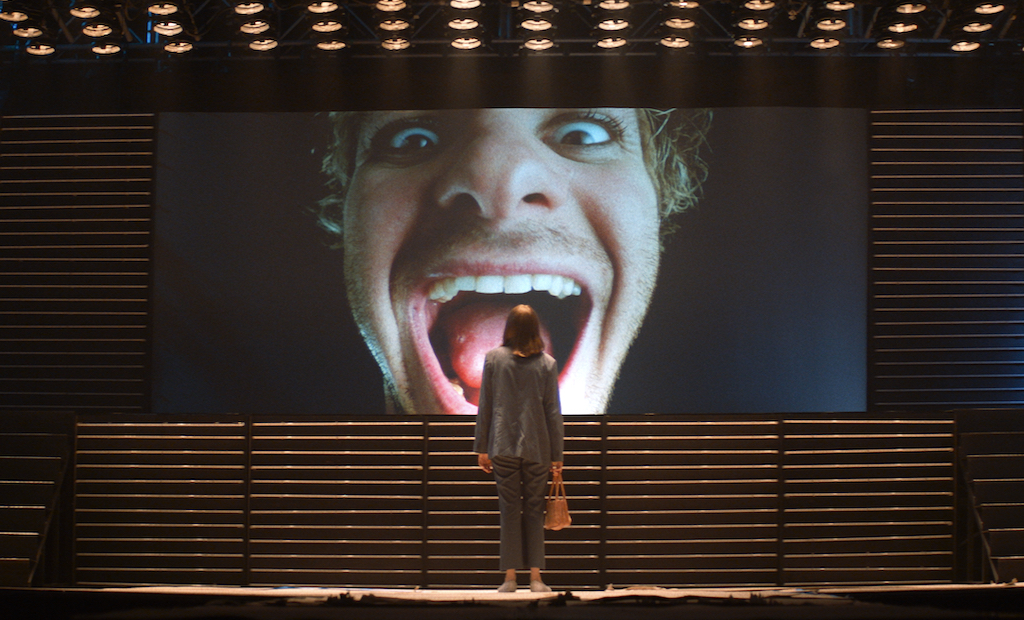
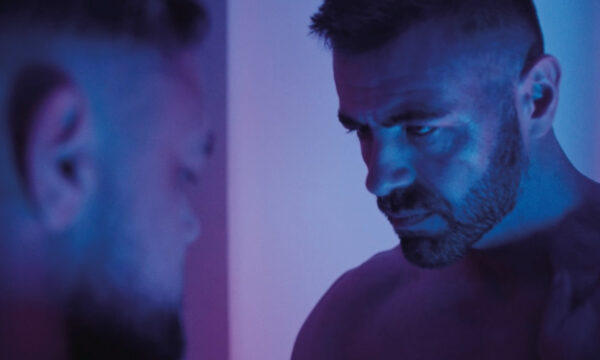
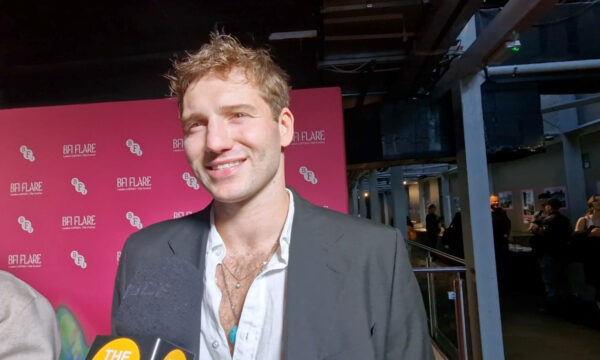
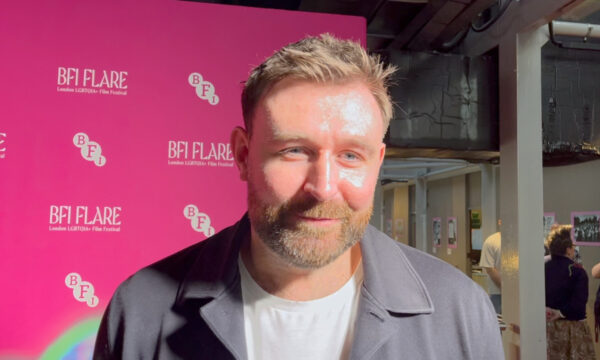
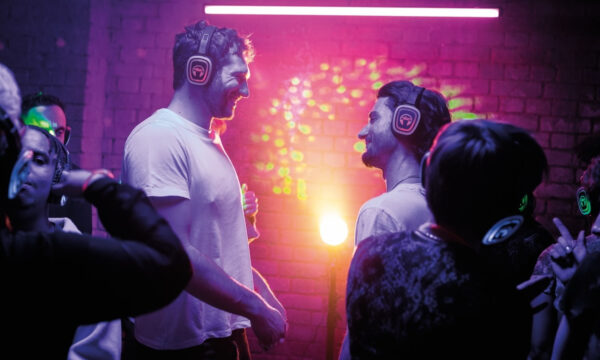
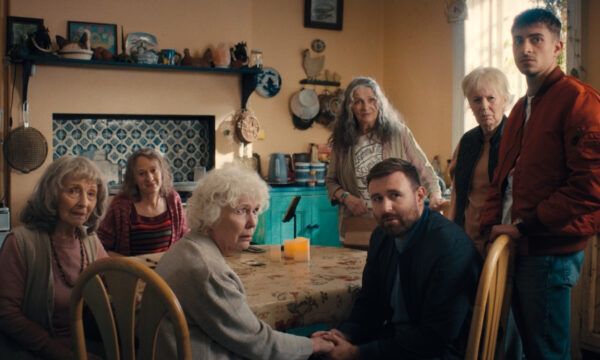
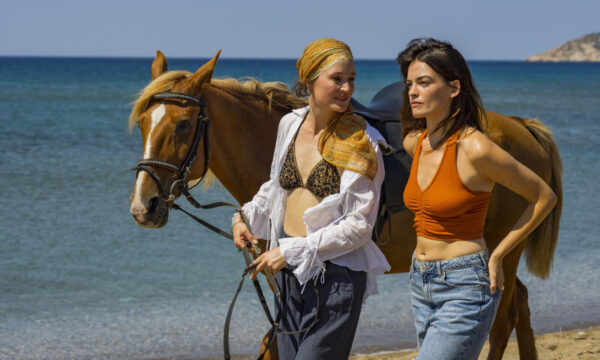
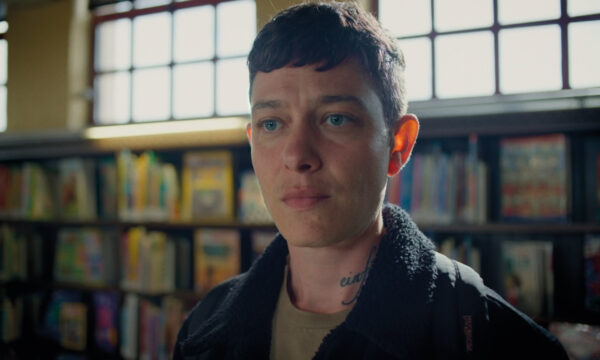
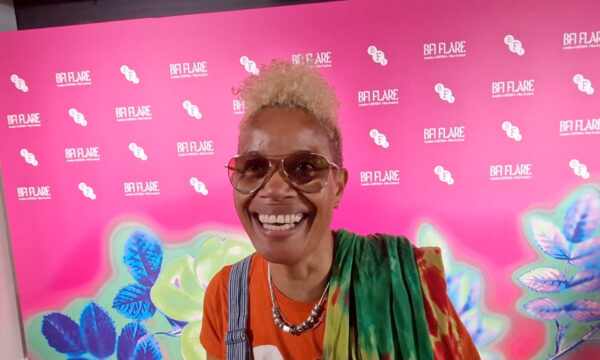
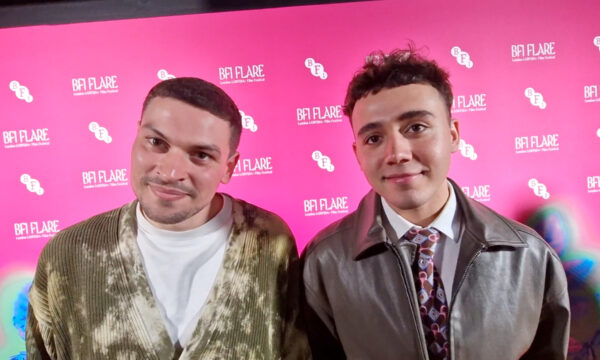



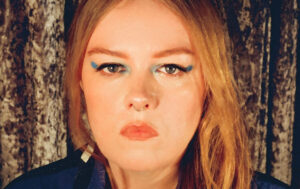
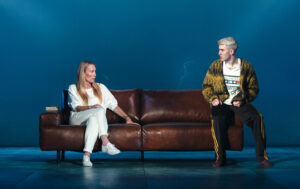
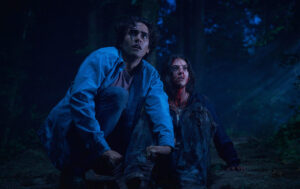
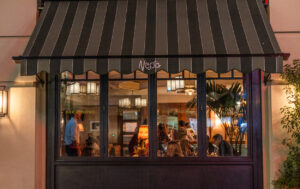
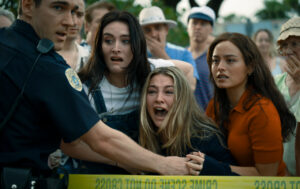






Facebook
Twitter
Instagram
YouTube
RSS